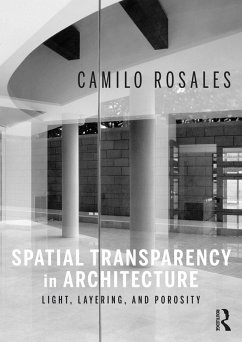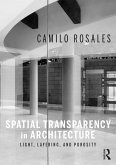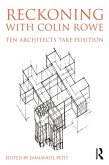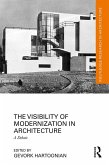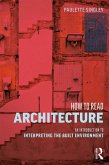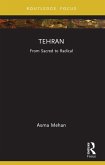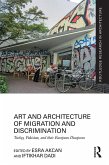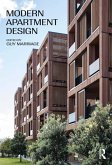Divided into four parts, the book examines spatial transparency in massive opaque constructions, light constructions, glass assemblies, and hybrid systems. It analyzes both the phenomenon of visual connectivity and continuity through intermediate spaces, and spatial transparency's capacity for promoting and enabling graded, interflowing environmental transactions. Using historical and contemporary examples, it catalogs some of the most common and recurring configurations that manifest these characteristics. Over 20 international case studies from the Americas to Japan are presented to argue that environments exist in porous mediums and that by studying the openings, voids, light, and materials of layered and/or permeable organizations, important insights about space making can be revealed.
Written for students and academics, this book explores various expressions of spatial transparency in architecture and helps connect their abstract ideas with significant built works, analytical drawings, and comparison charts.
Dieser Download kann aus rechtlichen Gründen nur mit Rechnungsadresse in A, B, BG, CY, CZ, D, DK, EW, E, FIN, F, GR, HR, H, IRL, I, LT, L, LR, M, NL, PL, P, R, S, SLO, SK ausgeliefert werden.

